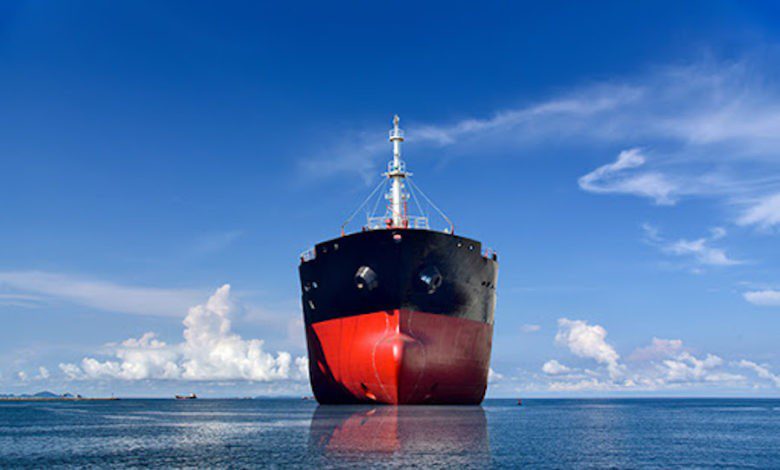The levy of 45% export duty on iron ore pellets would lower domestic prices by 30% in the near term, rating agency Icra has said in a report.
The central government slapped a hefty 45% levy on export of iron ore pellets, effective 21 May. This has reduced a merchant exporter’s net effective realisation, rendering overseas sales of pellets unviable, the report said.
“The steep drop in the effective free on board (FoB) price shall result in a supply overhang in the domestic market. This, in turn, would put pressure on the domestic prices, which are expected to correct by 30% in the near term. Consequently, the contribution margins of merchant pellet players are expected to decline roughly by ₹1,000 per metric tonne from pre-duty levels,” it said.
“India exported more than 11 million tonne (mt) of pellets in FY2022, accounting for almost 15% of its overall pellet production. With exports becoming unviable, industry asset utilization will be adversely impacted and domestic pellet prices would come under pressure, going forward,” said Jayanta Roy, senior vice-president & group head, Corporate Sector Ratings, Icra.
“Our calculations suggest a 10% drop in domestic pellet production in FY2023 as the domestic market is going through a period of muted demand growth and is unlikely to fully absorb the pellet supplies meant for the export market.”
The decline in pellet exports will also impact iron ore demand and exert pressure on prices as close to 40% of iron ore fines produced in FY22 were used for pellet production. Prices of iron ore fines have corrected by more than 35% from the pre-duty level till 22 June. While this is a positive for pellet manufacturers, the steep fall in domestic pellet prices would nevertheless compress their gross contribution levels, according to Icra.
“The spread between iron ore and pellet prices is a key determinant of a pellet player’s profitability. The spread stood at 5,000 per MT in May 2022 (pre-duty), almost 30% higher than the 10-year median spreads of around ₹3,900 per MT. The sharp decline in pellet prices in the current year, as anticipated, is likely to contract this spread to below the through-the-cycle median level for the first time in two years,” said Roy.
A possible rebound in sea-borne pellet prices, following the severe shortage of pellets in the export market could, however, provide some respite to the domestic merchant pellet players. Ukraine, which is the second-largest pellet exporter in the world after Brazil, had stopped its supplies following the conflict with Russia. Ukraine’s pellet exports dropped to zero in February and March against 3.1 million tonne in the same period in 2021.
India and Ukraine together accounted for close to 20% of total sea-borne trade in FY22. Supply-side shocks from these two countries are expected to result in a major disruption in global pellet trade. This could support sea-borne pellet prices going forward, and part-alleviate the pain of domestic merchant pellet plants, the report added.






